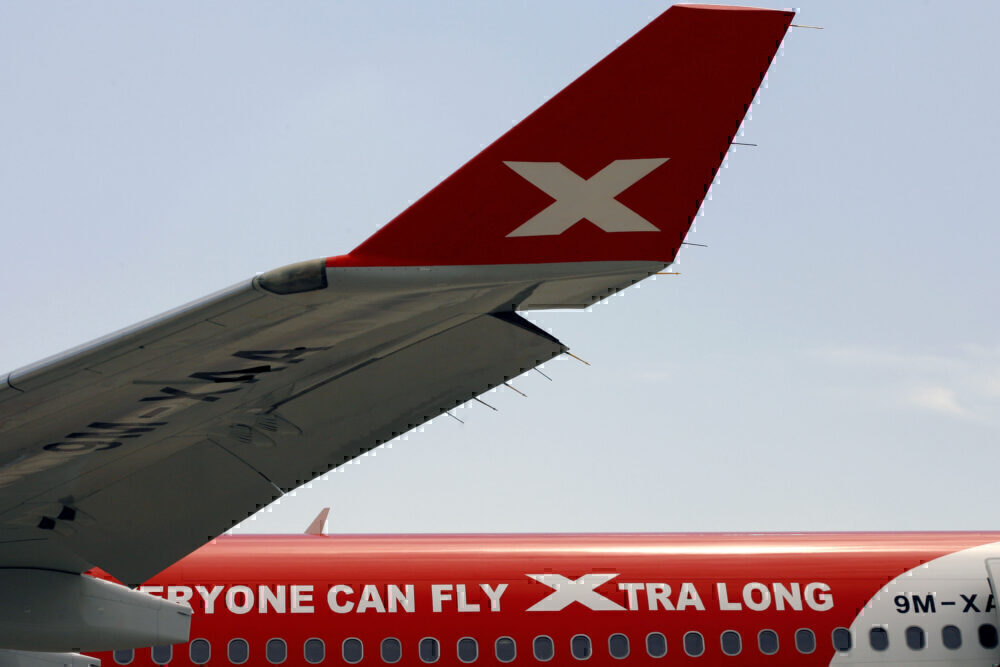With the impending arrival of the Boeing 737 MAX 8-200, Ryanair has the option to begin flying further than ever before. These aircraft could feasibly make it across the Atlantic, or east into Asia and elsewhere. However, CEO Michael O’Leary has made it clear that this is not in the game plan, and that he believes that the long-haul low-cost model is fundamentally flawed.

Ryanair won’t be going long-haul
Speaking at an interview for World Travel Market, CEO of Ryanair Michael O’Leary was confident that, as a model, Ryanair is unchallenged in Europe. He believes the €9.99 fare airline will remain unchallenged for a decade or more, as any competitor will struggle to match its slender business model and low cost-per-seat operations.
With so much confidence in his business, does O’Leary see the potential to move out of Europe and start offering some low-cost long-haul routes? After all, the airline is expecting delivery of its Boeing 737 MAX aircraft soon, which could easily make the hop across the Atlantic from either the UK or Ireland.
The short answer to this question is no. O’Leary stated that there is a world of difference between operating short-haul, low fare services and trying to translate that into longer flights. He said,
“Ultimately long haul is a different business. Short-haul is commoditized, as long as it’s safe and it’s punctual and it’s on time, it works. The lowest cost will win. Whereas long-haul is a different model and I don’t think long-haul, low-cost works.”
Stay informed: Sign up for our daily aviation news digest.
What’s the problem with the long-haul low-cost model?
There are numerous airlines who have attempted to crack the proverbial low-cost long-haul nut over the years. Europeans will remember Primera Air, which was doing quite well in Europe before it started to fly transatlantic. Then there was WOW, whose model of flying one stop hops between Europe and the USA via Iceland worked well on narrowbodies but seemed to sink them into a pit of debt when they started using widebody aircraft.




These are just two examples, both of which were coping with other external influences, such as fuel price rises, economic problems and more. However, O’Leary thinks that the issue with long-haul low-cost runs deeper than any of that, and that it’s a fundamentally flawed model. He said,
“Fundamentally, I’ve never been a believer in long-haul, low-cost. The problem is that, on long-haul, it is a different business. There will always be 15 or 20% of the population who will pay ridiculous premiums, eight, 10, 20 times the costs of production, for first class and business class.
“I think that stripping it down to 25 minute turnarounds or to the basic add-on philosophy is never going to work on long-haul, because long-haul will always be about the premium cap.
“I don’t think long-haul, low-cost works. Norwegian, well you could argue that Norwegian’s long-haul was never really low-cost, but it hasn’t worked. Even the AirAsia Xs of this world don’t work.




For long-haul airlines, those passengers up the front of the plane are incredibly important for the profitability of the flight. They might be in the minority in terms of how many are flown, but the high prices paid often makes the economics work, even if the seats at the back aren’t filled.
In usual O’Leary fashion, he didn’t take himself too seriously. Despite his proclamations of the worries of long-haul, low-cost operations, he was quick to point out that there’s a bigger threat to the industry. He concluded,
“But what we all have to be wary of is Star Trek. Somebody, eventually out there somewhere, is going to find a way of beaming us around, and then we’re all screwed.”



